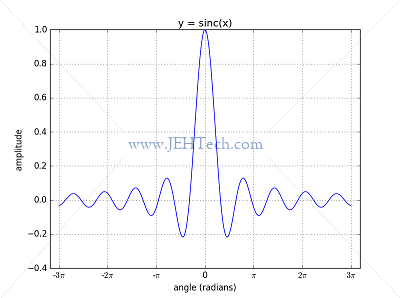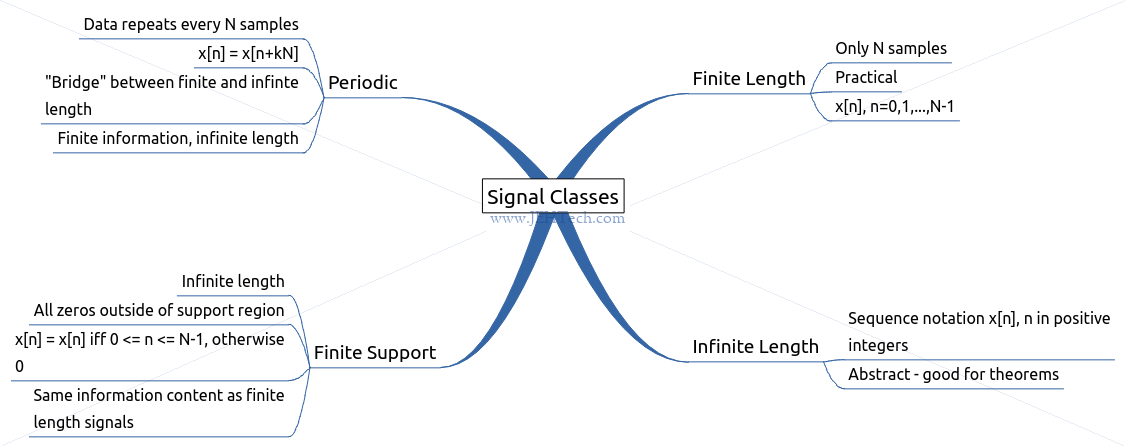DSP Notes
Page Contents
References
None
To Read
https://www.maths.ox.ac.uk/system/files/attachments/complex%20%281%29.pdf https://ocw.mit.edu/courses/mathematics/18-03sc-differential-equations-fall-2011/unit-i-first-order-differential-equations/complex-arithmetic-and-exponentials/MIT18_03SCF11_s6_5text.pdf https://www.pearsonschoolsandfecolleges.co.uk/Secondary/Mathematics/16plus/EdexcelModularMathematicsforASandALevel/Resources/FurtherPureMathematics2/03%20Ch%2003_018-065.pdf http://faculty.uml.edu/cbyrne/SP1text.pdf http://www-math.mit.edu/~gs/papers/newsigproc.pdf http://www.ling.upenn.edu/courses/ling525/Moore1978Part1.pdf http://www.ling.upenn.edu/courses/ling525/Moore1978Part2.pdf http://greenteapress.com/thinkdsp/thinkdsp.pdf http://web.eecs.umich.edu/~aey/eecs206/lectures/phasor.pdf https://www.gaussianwaves.com/2015/11/interpreting-fft-results-complex-dft-frequency-bins-and-fftshift/ << AWESOME https://math.stackexchange.com/questions/9416/extracting-exact-frequencies-from-fft-output https://dsp.stackexchange.com/questions/38577/fft-starting-at-zero
An Intro To Digital Signals
What Is A Digital Signal?

- Discrete time
- Discrete amplitude
Analogue and digital signals can carry the same information under certain conditions. Answered by
Harry Nyquist and Claude Shannon. When the sampling frequency is at least double the maximum frequency in the signal being sampled, the sampling theoroem holds:
Discrete time signal is a sequence of complex numbers denoted
The delta signal:
The unit step signal:
The exponential signal:
The sinusoidal signal:
There are 4 signal classes:
- finite length - only N samples. Range of index is 0 to N-1.
- infinite length - index N ranges over entire range of integers. abstract. good for theorems. They have infinite energy.
- periodic - data repeats every N samples. Represent with a tild on top. Same info as a finite-length of length N. They have infinite energy.
- finite support - infinite length with on a finite number of non zero samples. Eg unit step.

Elementary Operations On Digital Signals
Elementary operations include scaling, sum, product and shift. These can be applied to any discrete signal.
- Scale:
- Sum:
- Product:
- Shift:
Shift-by-k can be applied to infinite signals, but when applying to discrete time signals we need to state what happens when we go beyond the index range N, i.e., how we embed it into an infinite length sequence. Can embed into a finite-support sequence by putting zeros on the left and right. Or we could use a periodic extension, whereby the shift becomes circular. The periodic extension is the natural way to interpret the shift of a finite-length signal.
Energy And Power
Energy of signal defined by the following.
Power is the rate of energy production defined as follows.
Analog To Digital And Back Again
Analog signals are sampled at regular intervals to produce digital signals. The time between samples is called the sampling period and is detoted
If
There is thus the following relationship between discrete samples and anlalog time:
Therefore, if a signal has a period of
For example, a typical sampling frequency for audio is
In this case, if we know that there are 110 samples in the signal's period, i.e.
Discrete Time Sinusoids Not Always Periodic
A discrete complex exponential is only period if the frequency is a rational number (any number that's a fraction
I.e., to be periodic the frequency must satisfy:
The fundamental frequency is the smallest value of N for which
Aliasing
Discrete time sinusoids whos frequencies are separated by an integer multiple of
This gives rise to something called aliasing, where any discrete time sinusoid has multiple equivalends, or aliases, separated by integer multiples of
DFT/FFT
Where has 3Blue1Brown been all my life?!
http://www.tedknowlton.com/resume/FFT_Bin_Interp.html https://electronics.stackexchange.com/questions/12407/what-is-the-relation-between-fft-length-and-frequency-resolution